Interesting facts about Latvia
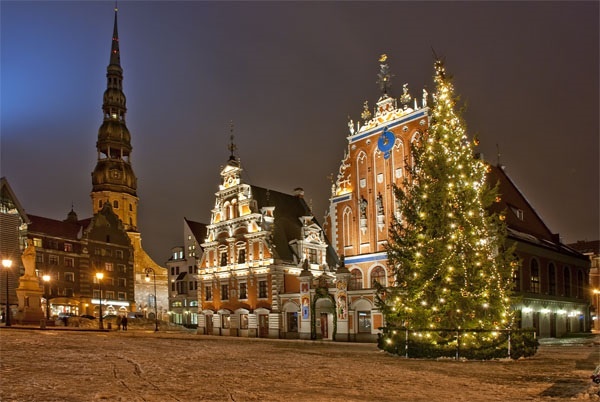 1. The first Christmas tree was decorated in Latvia, in 1510
1. The first Christmas tree was decorated in Latvia, in 1510
The most well-known of Christmas traditions - decorating the Christmas tree - have its origins in Riga, Latvia.
A German merchant club the Brotherhood of Blackheads existed in Riga from about 1334 until 1939. The Blackhead’s Brotherhood Fraternity archives provide detailed information about the 1510th of the winter tradition. They indicate that the tree was decorated with bouquets of ribbons, dried flowers, straw dolls, weave and fruits.
2. The Venta waterfall (Ventas rumba) is the widest waterfall in Europe
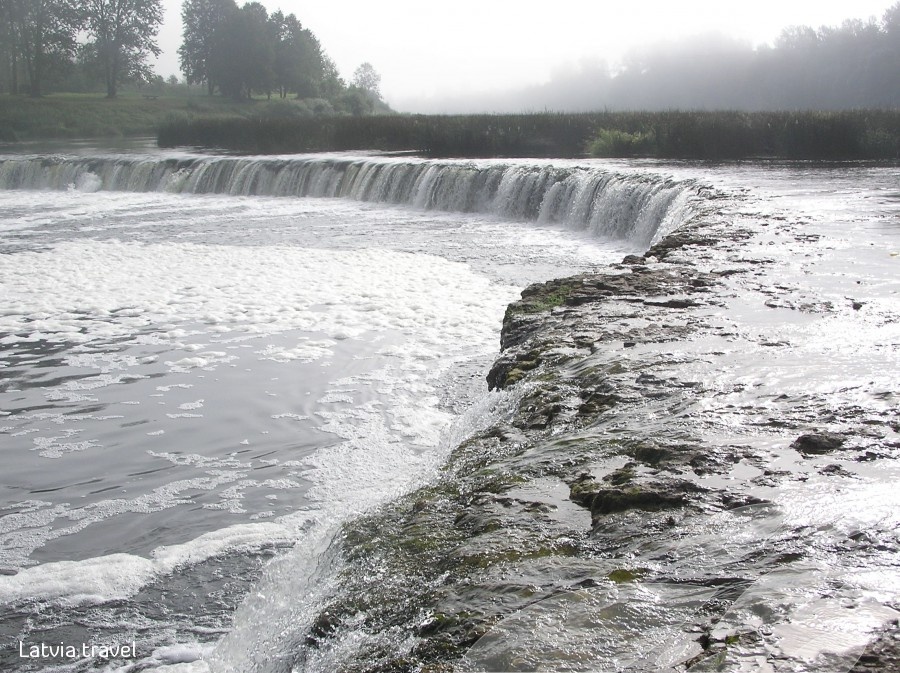 The waterfall is 249m wide and located in Kuldiga (Latvia). An interesting phenomenon can be observed near the waterfall in spring and autumn when spawning fish try to get over the waterfall by jumping through the air.
The waterfall is 249m wide and located in Kuldiga (Latvia). An interesting phenomenon can be observed near the waterfall in spring and autumn when spawning fish try to get over the waterfall by jumping through the air.
3. Latvian is one of oldest European languages
Latvian is one of the most archaic/oldest European languages and it has conserved many features of the over 5,000 year-old Proto-Indo-European, which is the ancestral language to all European languages. There is also strong similarity between many words in Latvian and in Sanskrit (the sacred language of Hinduism and Buddhism). 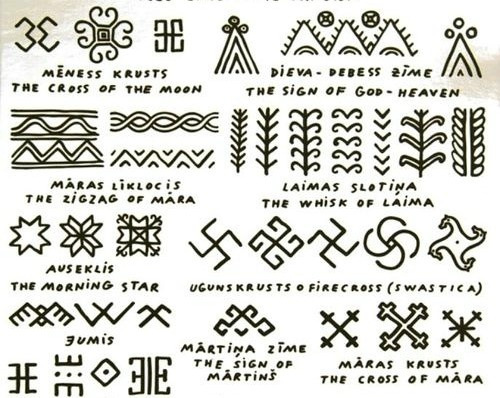
4. Latvia has the 5th fastest internet speed in the world, ranking between Hong Kong and the Netherlands
Showing a large amount of growth in all sectors, Latvia takes the number one spot in East Europe with an average Internet speed of 13Mbps. What makes it even better - most of the hotels, cafeterias and even parks have free wi-fi.
5. The jeans were invented by Latvian tailor
A Latvian-Jewish tailor named Jākobs Jufess invented the jeans we all know, wear and cannot live without now. Levi Strauss backed him financially. 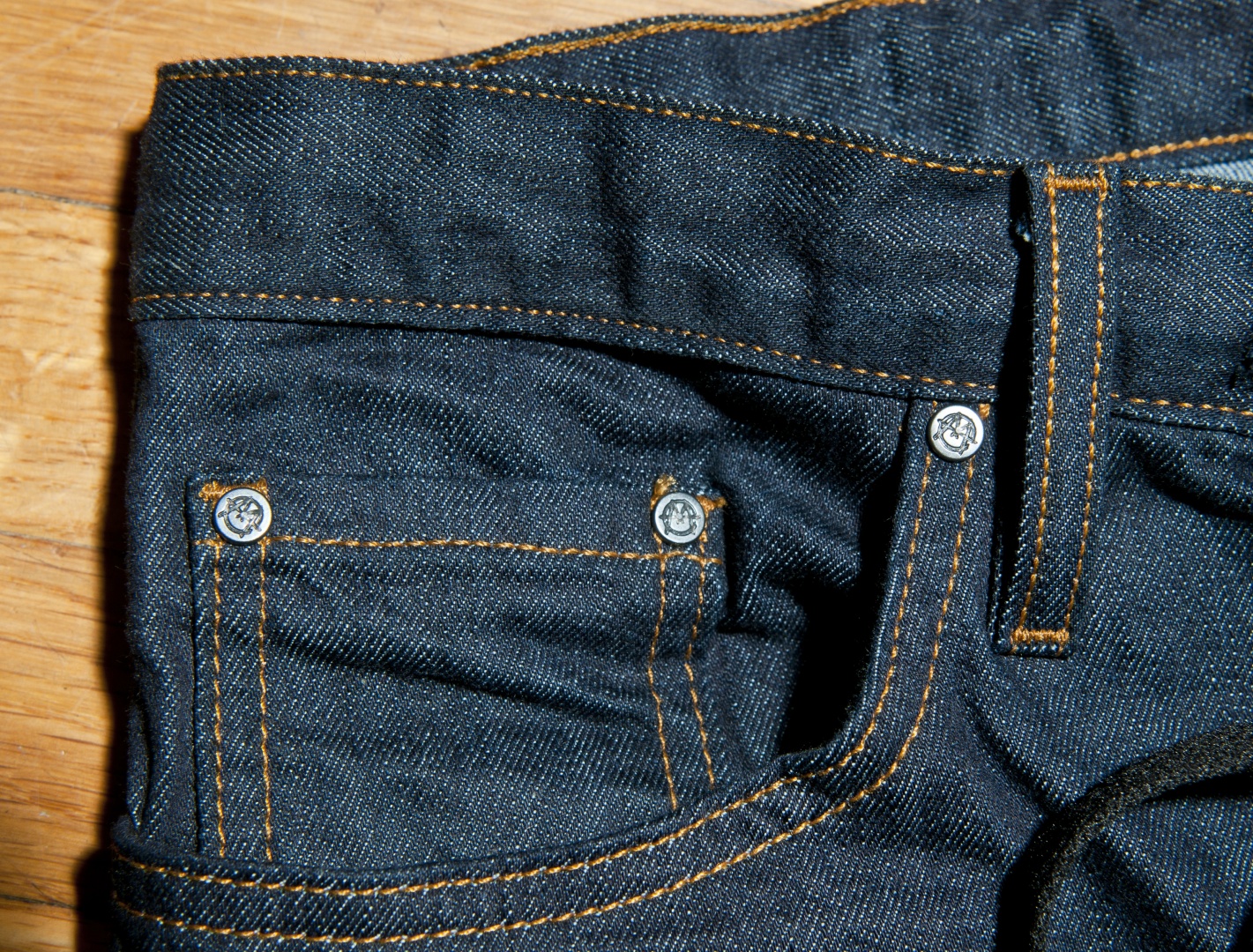
6. Minox Photo Camera - unoficcial "spy camera" was first produced in Latvia
In 1937 in the State Electrotechnical Plant (Latvian - Valsts Elektrotehniskā Fabrika (VEF)) the production of the world’s first mini photo camera VEF Minox started. It was not only the first camera of such small size but also provided many new opportunities in photography field because it was the first camera in the world using which it was possible to make clear and sharp photos in the distance starting at 20cm. This shooting possibility and the size made VEF Minox attractive also to various secret services, that fact has given it unofficial “spy camera” name.
7. Latvia holds one of the largest song and dance festivals in the world
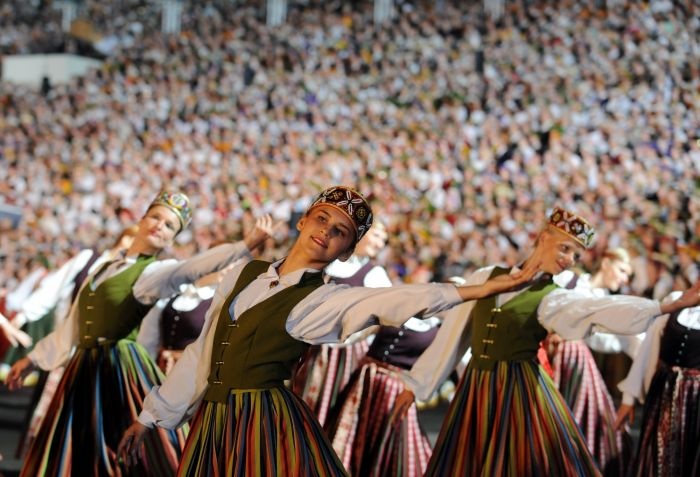 With over 40,000 (!) participants, it is recognized by UNESCO as World class culture phenomena, while choir singers and conductors are celebrities in Latvia. Latvia also has one of the largest collections of traditional folk songs in the world, numbering over 300,000.
With over 40,000 (!) participants, it is recognized by UNESCO as World class culture phenomena, while choir singers and conductors are celebrities in Latvia. Latvia also has one of the largest collections of traditional folk songs in the world, numbering over 300,000.
8. The Baltic Way - emotional protest against illegal Soviet occupation, now included in the UNESCO Memory of the World Register
On 23 August, 1989 two million people from Estonia, Latvia and Lithuania joined their hands in protest against illegal Soviet occupation. Roughly two million people formed a massive human chain that spanned 600 kilometers through the capitals of all three nations. It linked and united people from the Baltic states in their drive for freedom, encouraging also the collapse of the whole Soviet Union. This unique event now is included in the UNESCO Memory of the World Register.

